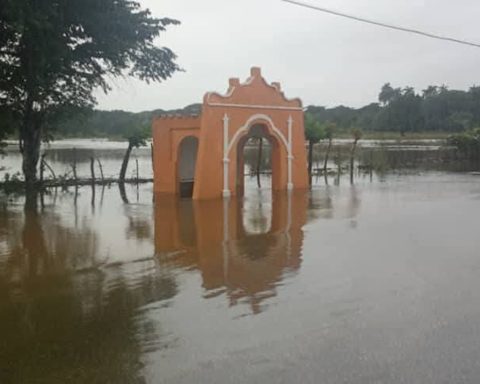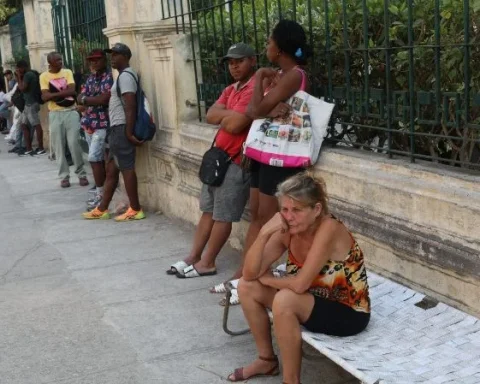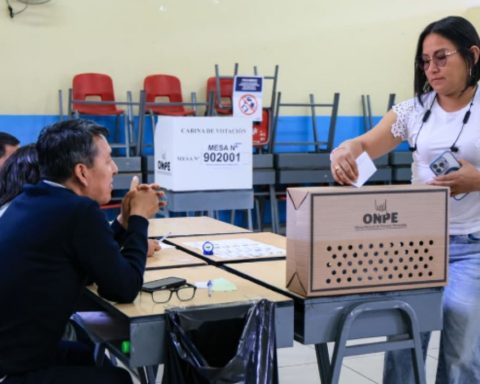The Institute of Meteorology (Insmet) of Cuba advanced this Thursday that it expects an active cyclone season in the Atlantic, with up to nine potential hurricanes.
The Insmet, which has begun preparations for the season (from June 1 to November 30), predicts that up to 17 tropical cyclones may form, of which nine could reach hurricane categoryand one of them will affect Cuba, with an 85% probability.
A dozen cyclones will develop in the oceanic area of the Atlantic, three in the Caribbean Sea and two in the Gulf of Mexico, detailed the director of the Insmet, Celso Pazos Alberdi, to the state Cuban News Agency (ACN).
A report from the Insmet Forecast Center indicated that during the first quarter of this year warmer than normal sea temperatures were observed in the tropical belt of the North Atlantic and the Caribbean.
In this sense, the director of Insmet pointed out that the forecast models consulted suggest the predominance of this warming during the hurricane season, which is a favorable factor for the formation and development of tropical cyclones in the region.
To evaluate the forecast and the possible impact of tropical cyclones and the plans to face them, the Cuban Civil Defense will carry out a drill on May 21 and 22.
This exercise, called “Meteor”, is carried out every year with the aim of reducing the risks and effects of this type of inclement weather.
The drill involves the population and other state agencies to train in situations of natural, technological and health catastrophes to check response actions and the communications system.
Tropical cyclones receive a name –in alphabetical order– once they reach the tropical storm phase (from 63 to 118 kilometers per hour).
The Saffir-Simpson scale classifies hurricanes into five categories. The first includes those that reach maximum sustained winds of 119 to 153 km/h; the second from 154 to 177; the third of 178 and 208; the fourth from 209 to 251 and the fifth from 252 km/h.
This year the first cyclone will be called Alex, according to the list approved by the Hurricane Committee of Region IV of the World Meteorological Organization.
The hurricane season in 2021 ended with 21 named storms, of which seven became hurricanes, and two of them impacted Cuba: Elsa and Ida.
Both hurricanes left damage to the roofs of houses, agriculture and the electrical system, in addition to knocking down trees.
The last time a large hurricane affected Cuba was in 2017, when Irma crossed the north coast of the island from east to west with a balance of 10 dead and material losses officially valued at 13,185 million dollars.

















